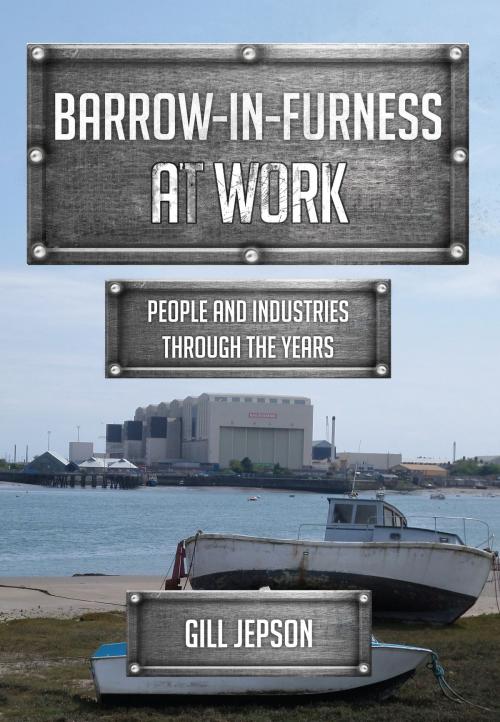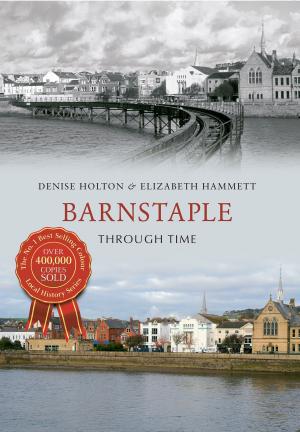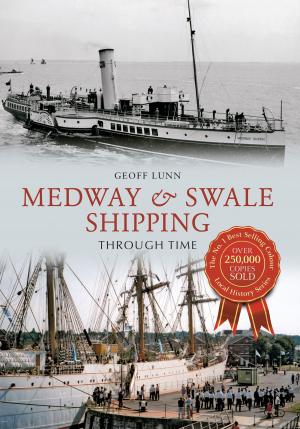Barrow-in-Furness at Work
People and Industries Through the Years
Nonfiction, Art & Architecture, Photography, Pictorials, Travel, Business & Finance, History| Author: | Gill Jepson | ISBN: | 9781445670041 |
| Publisher: | Amberley Publishing | Publication: | November 15, 2017 |
| Imprint: | Amberley Publishing | Language: | English |
| Author: | Gill Jepson |
| ISBN: | 9781445670041 |
| Publisher: | Amberley Publishing |
| Publication: | November 15, 2017 |
| Imprint: | Amberley Publishing |
| Language: | English |
In the early nineteenth century Barrow-in-Furness was a small village of 200 people, but within forty years its population had risen to almost 50,000. It became a hive of Victorian enterprise and industry and gained an almost frontier reputation, coining the nickname ‘the Chicago of the North’. The discovery of iron ore and subsequent opening of the Furness Railway led to the development and growth of shipbuilding for which Barrow is famous. This growth accelerated until the First World War, but the iron and steel industry had started to flag after the Second World War, leaving the Vickers shipyard as the town’s main employer, though the end of the Cold War would in turn lead to defence spending cuts and job losses, the shipyard later rallying with Trident. Barrow as a post-industrial town has had to show innovation and the will to adapt and change. Barrow-in-Furness at Work explores the life of this Cumbrian town and its people, from pre-industrial beginnings through to the present day. In a fascinating series of contemporary photographs and illustrations, it looks at the impact that the Industrial Revolution had on the population and the consequences of rapid urbanisation, the changes in the industrial landscape during the Victorian era, the devastating impact of war, the postwar decline of its traditional industries and the town’s twenty-first-century reinvention as a hub of sustainable energy generation.
In the early nineteenth century Barrow-in-Furness was a small village of 200 people, but within forty years its population had risen to almost 50,000. It became a hive of Victorian enterprise and industry and gained an almost frontier reputation, coining the nickname ‘the Chicago of the North’. The discovery of iron ore and subsequent opening of the Furness Railway led to the development and growth of shipbuilding for which Barrow is famous. This growth accelerated until the First World War, but the iron and steel industry had started to flag after the Second World War, leaving the Vickers shipyard as the town’s main employer, though the end of the Cold War would in turn lead to defence spending cuts and job losses, the shipyard later rallying with Trident. Barrow as a post-industrial town has had to show innovation and the will to adapt and change. Barrow-in-Furness at Work explores the life of this Cumbrian town and its people, from pre-industrial beginnings through to the present day. In a fascinating series of contemporary photographs and illustrations, it looks at the impact that the Industrial Revolution had on the population and the consequences of rapid urbanisation, the changes in the industrial landscape during the Victorian era, the devastating impact of war, the postwar decline of its traditional industries and the town’s twenty-first-century reinvention as a hub of sustainable energy generation.















